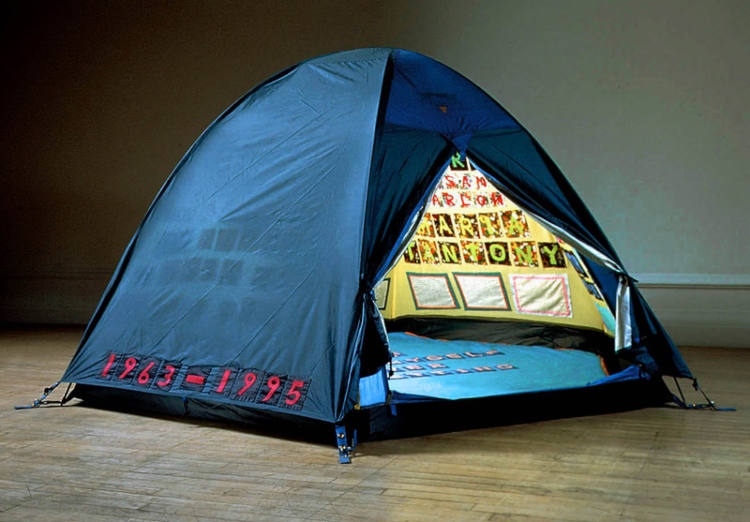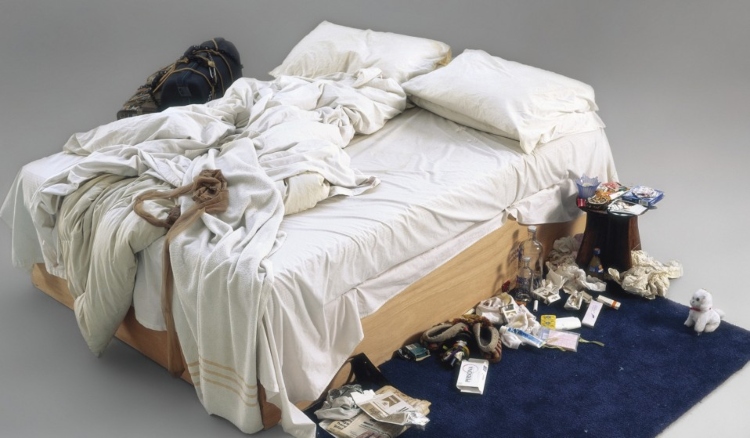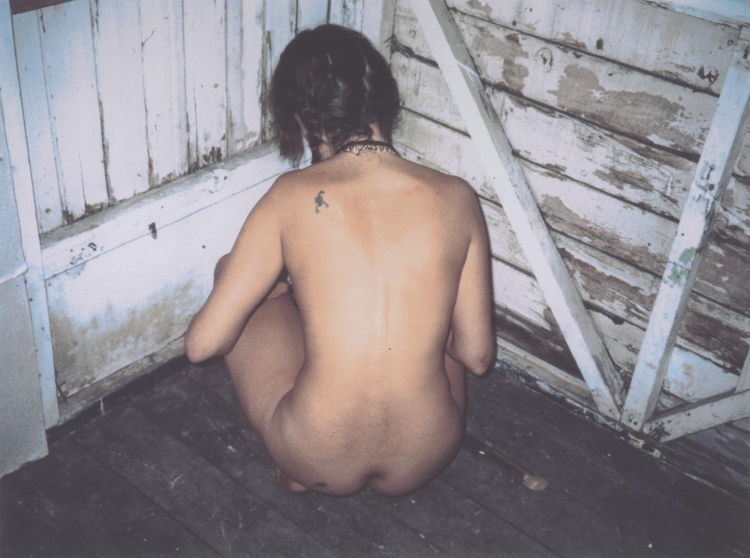Sex, Art and Politics | The Visual Realities of Tracey Emin
“A man doesn’t know what it’s like to be a woman; it’s that simple”
–Tracey Emin
Expressionist freedom, the art that anchors Tracey Emin to this world. She has no secrets left inside her soul, all her deepest fears and desires are hung in art museums around the world. She cuts a rebellious Patti Smith–style figure in the modern art scene; at the very core of her work she does not desire to drive a system of beliefs, but rather a style of gritty spirituality.
At times her art may be presented far from the visions of pretty things you might expect, or even a reflection of acceptable taste. Her work, without boundaries, does manage to conjure up perfectly a woman’s journey through life, and not just her own; the need to share is always at the surface.
This is not a feminist-bound art, it is simply an exploration of reality, taking the personal experiences of Emin and translating them into art. Though at the same time she skilfully digresses from the stereotypical advances of others to be more direct with her work, never subtle, and mirroring the struggles of the modern woman as she makes her way in a male-dominated world.
Her background is one of sexual abuse and isolation. Raped at a young age, Emin has called it a fact of the area in which she grew up and something to be accepted as well as reviled. With these experiences, we are thrown headfirst into her abstract sculptures, her most famous being The Tent (Everyone I Have Ever Slept With 1963–1995).
Self-explanatory in some ways and misinterpreted in others, The Tent depicts a simple tent with the names of everyone Emin shared a bed with decorating the inside. Although not simply a sexualised piece of work, The Tent holds, apart from the names of some lovers, names of friends, family members and even two numbered foetuses. The most telling is the inscription on the floor which reads, “With myself, always myself, never forgetting”.

The second piece of standout art by Tracey Emin, which caused a sensational stir, was her 1999 self-confessional work, My Bed. A simple use of a bed installation, which was unmade and tossed, its construction disgusts and fascinates at the same time. Taking her experiences when feeling suicidal at one point, reminiscent and a recreation of the actual place to which she attached herself in her grief. With an abundance of elements displayed, such as yellow stains on the bed sheets, used condoms, empty cigarette packets and menstrual-stained underwear, the reflection of female grief and isolation hits the nail too precisely on the head.

“Most people don’t do something seminal. I’ve done it twice: with my tent and my bed. Picasso did it with Cubism.”
–Tracey Emin
Through her sculptural installations Emin presents the realism that cuts deep into the heart of the female form; her photography and paintings reach deeper into her own vulnerabilities, not just as an act of feminism, but more to change the direction and thinking of her being fragile, alone and secluded. Her two photographs from 2000, the self-portraits The Last Thing I Said To You Is Don’t Leave Me Here I and The Last Thing I Said To You Is Don’t Leave Me Here II, lets the veil and appearance of a strong woman fall.
Emin is naked and kneeling on the floor of a wooden hut, simple and straightforward, but an effective use of realism. The later watercolours, the Purple Virgin series from 2005, depicts female genitalia. Through clever brush strokes, the perfections of the female anatomy are explored and reimagined.

The politics of Emin has found a place within certain aspects of her work, best displayed in her fabric work, the fashion of fabric onto fabric in the form of appliqués. Her most prolific act was in part inspired by and against Margaret Thatcher, the piece from 2004, Hate And Power Can Be A Terrible Thing. In some part a statement against Thatcher’s involvement in an attack on 800 boys and men in the Argentinian navy in 1982, but also aimed at women who she despises, who are depicted with cruelty and fed by the corruption that is capable within us all, but only some choose to use it.
Tracey Emin, this revolutionary artist, will fearlessly present the worst and the best aspects of womanhood. Her artwork may seem simplistic but the message beneath it all is submerged in a stark and very real landscape. She does not set out to change the views of men or gather a following of female supporters. Instead, she presents the truth and leaves it up to the audience to deduct their own message, whether good or bad.
